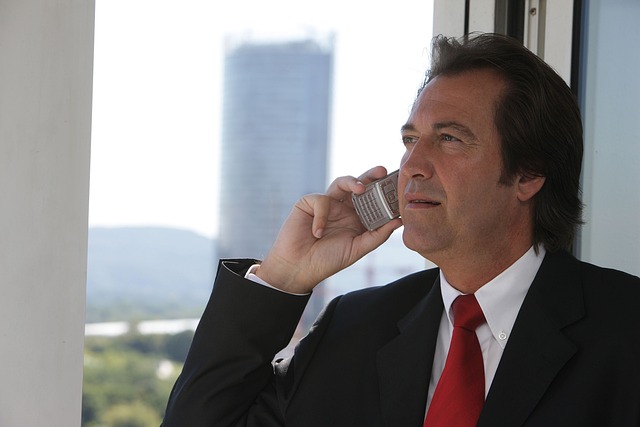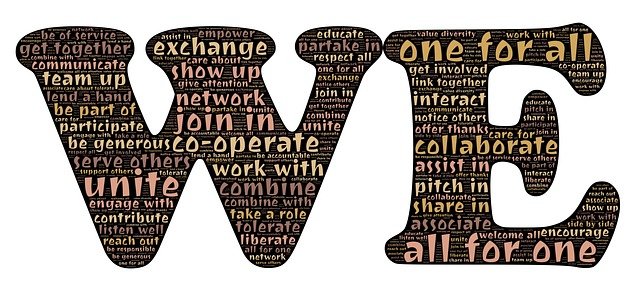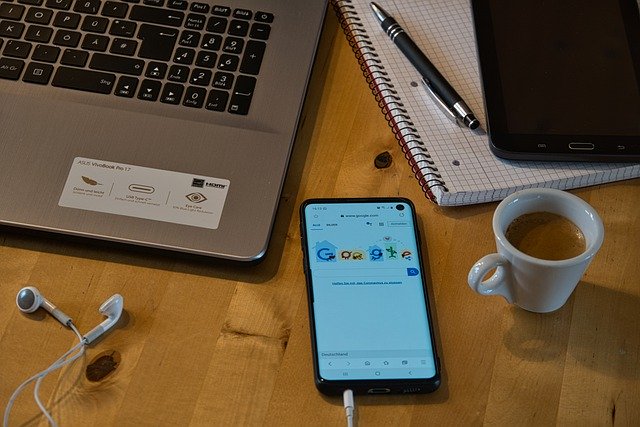I have previously written about the inspiration provided by Joni Mitchell and her remarkable life as a singer/songwriter despite experiencing multiple chronic illnesses. Joni’s song Both Sides Now epitomizes her approach to chronic illness – accepting both the dark and the light in her life. Like many inspiring people she made the most of the light (the good things) in her life. Joni was rewarded with multiple Grammy Awards and induction into the Rock and Roll Hall of Fame.
During the recent online Creative Meetup (for writers-with-chronic-illness), our facilitator, Jennifer Crystal introduced a book by Jean-Dominique Bauby, titled The Diving-Bell & the Butterfly. This book is incredibly inspiring as it shows Jean-Dominique’s ability to make the most of what was a totally debilitating situation. His book composed under extremely difficult conditions is replete with humour and a commitment to make the most of his devastating chronic illness.
At the time of experiencing his illness he was Editor-in-Chief of the famous Elle France – Elle being the “the world’s largest fashion and lifestyle magazine”. While in his early forties, when he was married with two children, he suffered a massive stroke, resulting in a condition known as “locked-in syndrome (LiS)” – “total paralysis but still have consciousness and their normal cognitive functions”. All he could do physically was turn his head and wink with his left eye. Though he frequently experienced pain, he could not breathe, eat or swallow without assistance.
Jean-Dominque described his bodily condition as being “imprisoned in an invisible diving-bell”, while his mind was free to roam “like a butterfly”. He used his very limited capabilities to revisit his memories and undertake virtual exploration of the world at large. Though he often described his body as a “cocoon”, he was not mentally constrained by its disabling limitations.
He used his imagination., for example, to picture his colleagues from 28 countries, striding behind their CEO on route to a major fashion conference where they would be discussing the metaphysical question “What is the ideal Elle woman?”. Even though he had never been to Hong Kong, the site of the conference, he was able to picture the demeanour of his international colleagues and imagine the location and proceedings.
The Diving-Bell serves as a memoir of Jean-Dominique’s time in a Navy hospital after suffering his stroke. It captures his shock and disorientation on waking from a 20-day coma to find that he was totally paralysed and unable to talk. He shares intimate details of his hospital experience and his mental roaming with his uniquely dry humour.
Communicating with locked-in syndrome
In his memoir, Jean-Dominique explains how he was able to communicate by virtue of his “Guardian Angel”, a speech therapist, who devised an alphabet with the letters of the alphabet arranged in order of the frequency of their use in the French language. People, medical staff and visitors, could point to the letters in turn and he would wink to indicate that they had chosen the letter he was trying to convey. This tiresome and slow process enabled him to express his discomfort, needs and wishes.
The constructed alphabet was the method of communication that he used to dictate his book to Claude Mendibil who was transcribing his communications for publishing. Jean-Dominque stated that he frequently revised letter and words in his head and would memorise paragraphs to communicate them to Claude via this special alphabet.
In true humorous style, Jean-Dominique described his visitors in terms of their ability to utilize the newly devised alphabet to understand his communications. There were the taciturn people, nervous and reluctant to get a letter or word wrong; the impulsive who rushed in and anticipated what he was going to communicate (usually getting it wrong) and who saved him the effort of communicating by asking questions and answering them themselves; and the meticulous people who feared they would make a mistake and took things so incredibly slowly that it made an already tedious process more painful and demanding.
Experience of medical professionals in the hospital
Jean-Dominique’s sense of being “locked in” was further aggravated by the callous treatment he received at the hands of some medical staff. For example, an ophthalmologist arrived at his bedside unannounced and proceeded to sow together the eyelids of his right eye because the eyelids did not close in that eye – thus exposing his eye to infection (as he subsequently learned from someone else).
Jean-Dominique described the ophthalmologist as brusque and arrogant with “a couldn’t care less attitude”. He wondered (in his mind) whether such an uncaring medical professional was retained by the hospital to serve as a target for patients’ dislike of, or dissatisfaction with, their overall hospital treatment. He himself frequently felt anger but kept it at a manageable level , ”like a pressure cooker”, to prevent uncontrolled release of this emotion.
There were also two orderlies who “unceremoniously dumped” him in a wheelchair (like a piece of dead meat). Jean-Dominque’s way of managing his own maltreatment at the hands of some medical staff was to silently assign them descriptive names such as “the exterminator”. He did, however, appreciate the care and concern offered by other medical staff.
Dealing with false rumours
Jean-Dominique not only had to deal with his locked-in syndrome but also with harmful rumours that circulated in Paris about his health condition. As false rumours began to circulate, he decided to provide Bulletins to his circle of friends and associates (initially 60 people) to report on his life, his progress and his hopes. He indicated that the first bulletin “repaired some of the damage caused by rumour”. He heard that the City had “put him down for the count” or, at the very least, that he was in a “vegetable state”. He was particularly critical of patrons of Café de Flore, “one of those base camps of Parisian snobbery that sent up rumours like flights of carrier pigeons”. His friends overheard a conversation in the Café where he was being described as a “complete vegetable”.
His correspondence provided “gratifying results” in the form of return letters and the realisation of people that they could ”join him in his cocoon” through writing to him. This resulted in a daily ritual whereby letters were opened for him and “spread out before his eyes”. This proved to be a revelatory process about the character and personality of his contacts.
Reflection
Jean-Dominique demonstrated that although you may be bedridden or severely handicapped, you can travel, at least virtually, by using your memory or intentional imagination. This mental roaming has been facilitated recently by the free release of drone images of multiple countries and scenic sites. I also have a gift from one of my daughters – a digital photo album that can serve to stimulate my memory of places I have visited including Paris, London, Bath, Rome, Lake Como, Turin, Venice and Cartagena.
In out Creative Meetup, after we were introduced to The Diving-Bell & the Butterfly, we were given two prompts for our reflection and writing:
- Even if bed-ridden (or compromised in any way),where do you travel in your mind?
- How has illness impacted your ability to travel? You can write about a specific travel experience from the past or one you hope to have in the future.
As I reflected on these questions I became acutely aware that my present chronic health conditions severely restrict my capacity to fly long distances. In particular, my multilevel spinal degeneration makes lying or sitting in one place for any length of time very difficult, sometimes resulting in sciatica, a condition I experienced previously following a trip from Milan to Hong Kong. This realisation saddened me, but I resolved to take on board Jean-Dominque’s inspiring journey and undertake virtual travel journeys, aided by visual technology.
Mindfulness practices can help us to regulate our emotions, appreciate what we do have and can do and be more aware of nature and its capacity to inspire wonder and awe. As we grow in mindfulness, we can find creative solutions to our limitations and constraints.
I composed the following poem when reflecting on our discussion and writing:
Finding Inspiration
There is inspiration everywhere,
if we seek to become aware.
Portability through podcasts,
audibility through audiobooks.
People creatively managing multiple challenges,
resolving restrictions and incredible constraints.
Driven by passion and purpose,
to rethink, reframe and redefine.
Sharing without stint,
shaping their environment.
Their agency hard-earned,
Look, listen and learn.
__________________________________________
Image by Pierre Blaché from Pixabay
By Ron Passfield- Copyright (Creative Commons license, Attribution-Non-Commercial -No Derivatives.
Disclosure: If you purchase a product through this site, I may earn a commission which will help to pay for the site, the associated Meetup group and the resources to support the blog.










